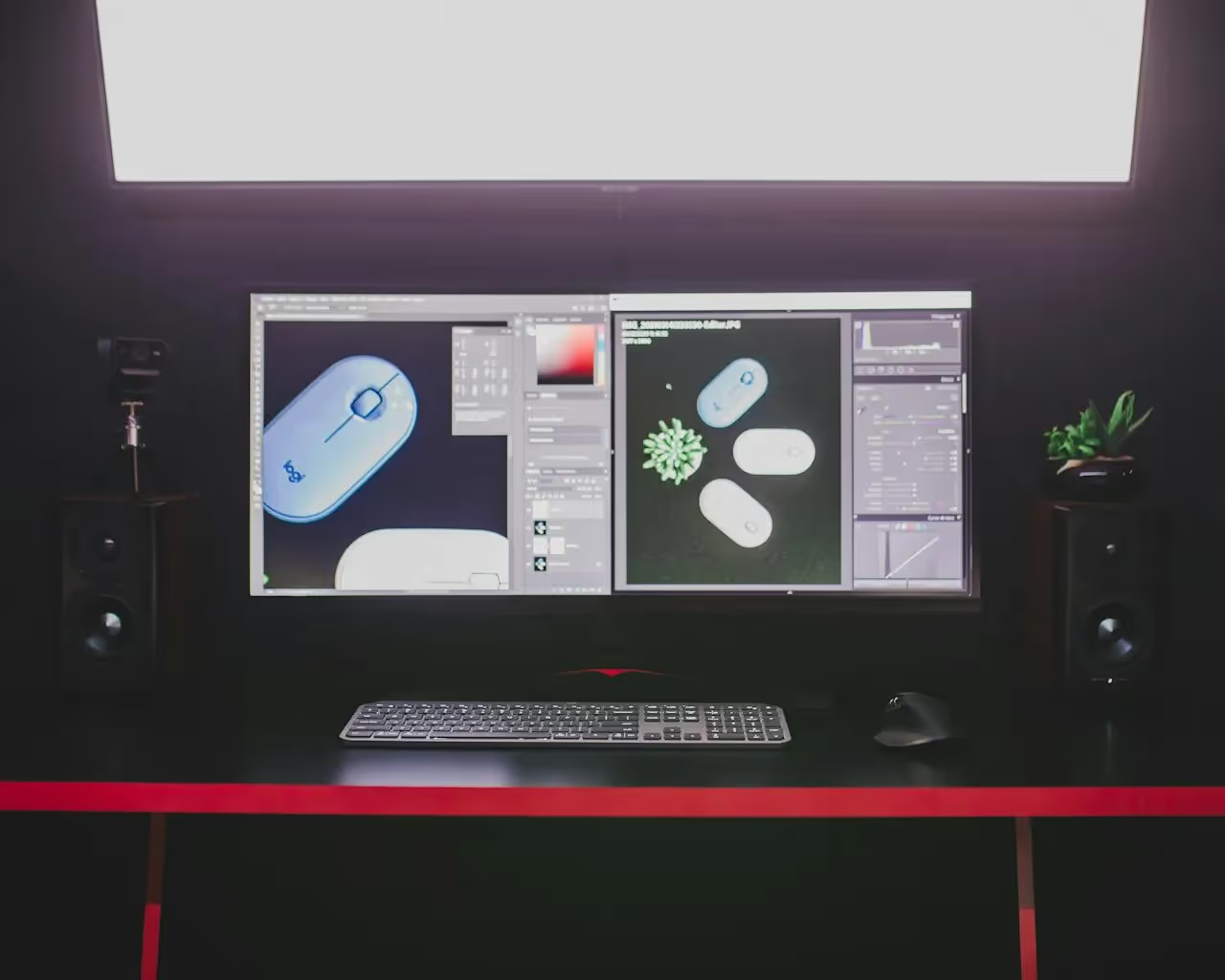Designing Dreams: The Art and Science of Interior Design
In the world of architecture and design, interior decorating is a field that brilliantly combines artistic vision with scientific understanding. The process of designing an interior space involves much more than just arranging furniture and picking paint colors. It involves creating a harmonious environment, perfect for nurturing growth and reigniting passion. In this blog, we'll explore the fascinating world of interior design - its subtle art and its underlying science.
A purposeful blend of Art and Science
Interior design is not simply about aesthetics. It is a purposeful blend of art and science where each room is conceptualized, planned, and executed to serve a specific purpose. Through the strategic use of space, color, texture, light, and various elements, designers create spaces that are as beautiful as they are functional. But the magic does not stop there. The science of ergonomics, understanding human behavior, and even the psychology of color are all vital ingredients in the mix.
Elevating Aesthetics with a Personal Touch
One of the primary roles of an interior designer is to enhance the visual appeal of a space. However, creating an environment that resonates with its inhabitants requires not just a keen eye for beauty but also an insightful understanding of their personality, lifestyle, and tastes. Whether it's a minimalistic design for someone who values simplicity or a vibrant, exotic design for those with a more spirited outlook, professional interior designers combine their artistic flair with a deep understanding of their clients to breathe life into their spaces.
The Science of Space Utilization
One cannot overlook the importance of space utilization in effective interior design. Professionally designed spaces maximize utility without compromising aesthetics. There is a methodology to the placement of each piece of furniture, the size, shape and color of each decor element, and even the source and intensity of lighting. All these require knowledge in fields as varied as geometry, physics, material science and even psychology.
Harmonizing with Environmental Psychology
A designer's understanding of environmental psychology – how our surroundings impact our behavior, thoughts, and emotions – plays a significant role in crafting a space. A well-thought-out design can make a room appear more spacious, affect the mood of the residents, or even encourage specific activities. As designers, we consider how each element of design – from color schemes to room layouts – can influence you intellectually, emotionally, and physically.
Universal Design: Creating Spaces for All
The concept of universal design subscribes to the belief that a well-designed environment should be accessible, comfortable, and usable for all, regardless of age, ability, or condition. This means creating spaces that are flexible, adaptable, safe, and easy to use. Universal design goes beyond mere accessibility to enable and empower a diverse population by designing for inclusivity.
Conclusion
So, as we delve into the world of interior design, we realize it's not merely about creating attractive living spaces. Instead, it's an intricate blend of art and science. It's about connecting with individuals on a personal level. It's utilizing measured strategies to optimize space and creating environments that, in subtle ways, enhance people's lives. A degree in interior design opens the door to understanding these delicate balances and empowers you to design dreams and realities alike.
















.svg)



